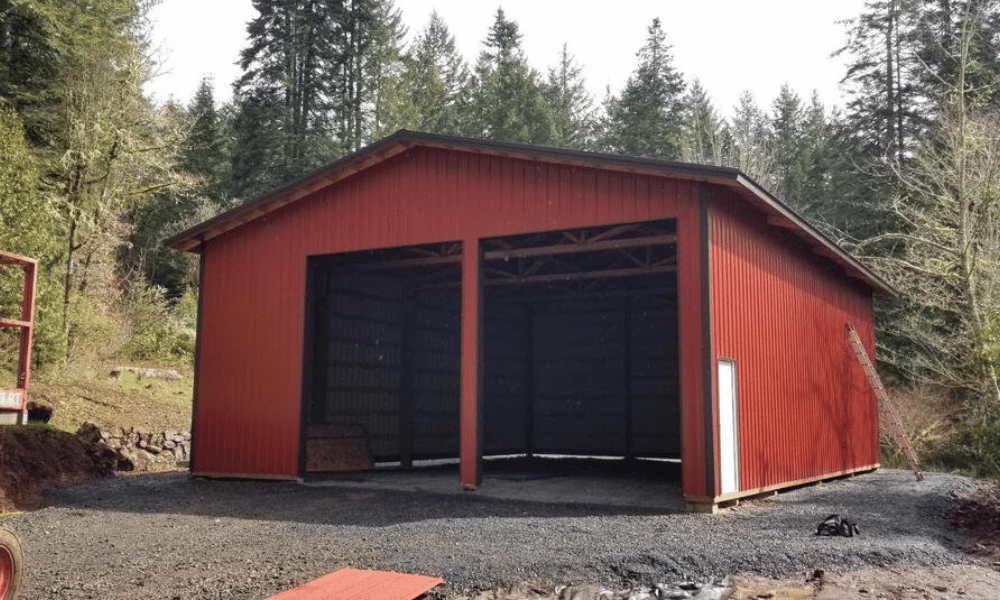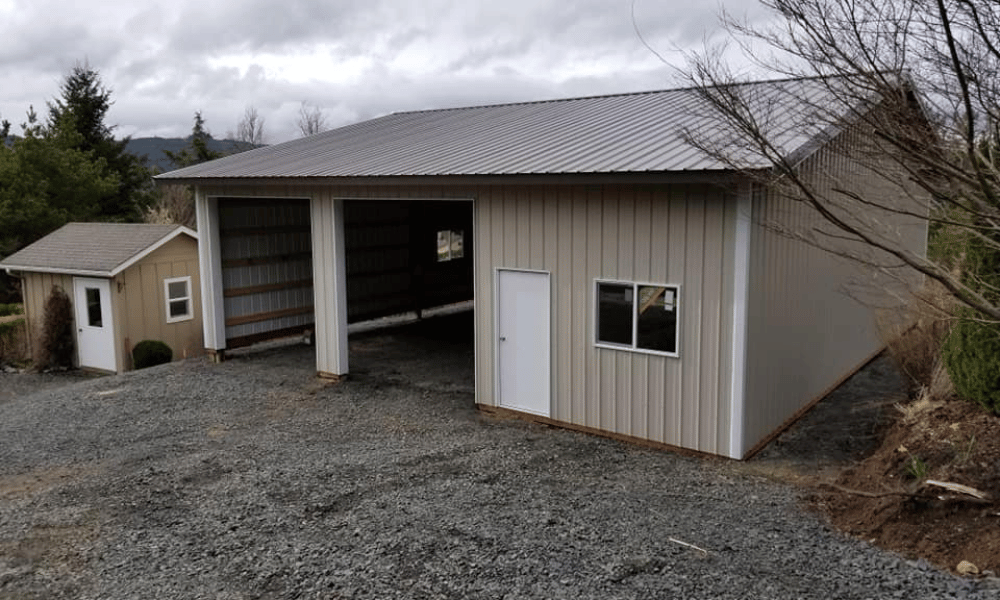Introduction
As we sail into the future, the landscape of storage spaces is undergoing a remarkable transformation. With advancements in technology, evolving consumer needs, and environmental considerations, one question looms large: Are we shifting towards more pole structures? This article delves deep into the world of pole buildings and examines their increasing relevance in contemporary storage solutions. From agricultural barns to commercial warehouses, pole structures are making waves, and this piece will navigate through the multifaceted benefits they offer.
Understanding Pole Buildings
What Are Pole Buildings?
Pole buildings, often referred to as post-frame structures, are innovative designs that utilize vertical posts for support instead of traditional stud walls. This construction method allows for larger open spaces and a flexible design that can adapt to various purposes.
The Structural Benefits of Pole Buildings
The backbone of any building lies in its structure. Pole buildings boast significant advantages:

- Flexibility in Design: Unlike conventional buildings with load-bearing walls, pole structures allow for expansive interiors. Cost-Effectiveness: The materials used in pole buildings are often less expensive than traditional methods. Speedy Construction: Erecting a pole building can be significantly quicker than traditional construction.
Popular Uses for Pole Buildings
From residential garages to expansive agricultural storage facilities, pole buildings have a wide array of applications:
- Agricultural Barns: Designed for livestock or equipment storage. Warehouses: Ideal for businesses needing large open spaces without obstructions. Workshops: Perfect for hobbies or small businesses requiring workspace.
The Evolution of Storage Needs
Historical Context of Storage Solutions
Storage has evolved dramatically over time. Initially driven by necessity, today's storage solutions are influenced by technology and lifestyle changes.
Modern-Day Storage Demands
With urbanization and population growth comes an increased need for efficient storage solutions. Key trends include:
- Urban living necessitating smaller living spaces. The rise of e-commerce leading to increased warehouse demands.
The Role of Sustainability in Storage Solutions
Eco-Friendly Features of Pole Structures
Sustainability is at the forefront of many architectural discussions today. Here’s how pole buildings align with eco-friendly practices:
- Materials Usage: Many pole structures utilize renewable resources like wood. Energy Efficiency: Their design can accommodate energy-efficient systems easily.
Regulations and Certifications
As sustainability gains traction, guidelines have emerged:

- Building codes now often include green building practices. Certifications such as LEED encourage sustainable construction methods.
Advantages Over Traditional Structures
Cost Analysis: Pole vs. Conventional Buildings
When considering your options, cost plays a pivotal role. Here's how they stack up against traditional buildings:
| Feature | Pole Buildings | Conventional Buildings | |---------|----------------|------------------------| | Material Cost | Lower | Higher | | Labor Cost | Quicker build time reduces costs | Longer build time increases costs | | Maintenance | Typically lower | Can be higher due to materials |
Versatility in Use Cases
One standout feature is versatility; pole buildings can easily transition from one use to another without needing extensive renovations.
Innovative Designs and Customizations
Tailoring Your Pole Building
Customization is key! Here’s what you can modify when designing your space:
Size & Dimensions Roof Style (gabled, flat) Exterior Finish (metal siding vs wood)Technological Integrations in Design
As technology advances, so do design capabilities:
- 3D modeling tools allow clients to visualize their projects before construction begins. Smart home technologies can be integrated into new builds.
The Future of Storage Spaces: Are We Shifting Towards More Pole Structures?
It's clear that as we analyze current trends and future projections within the realm of storage solutions, the answer seems affirmative! With their cost-efficiency, adaptability, and potential for sustainability, more individuals and businesses are leaning toward choosing pole structures.
Challenges Facing Pole Structures
Weather Resilience Considerations
While they offer many benefits, pole buildings must also contend with environmental challenges like storms or heavy snowfall.
Insurance Implications
Lenders may have different attitudes towards insuring pole structures versus traditional ones due to perceived risks.
Case Studies on Successful Implementations
1. Agricultural Success Stories
Farmers across the Midwest are adopting pole barns not only for their durability but also for their aesthetic appeal—transforming rural landscapes.
2. Commercial Ventures
Companies transitioning to warehouse-style operations find that pole structures provide them with ample room while keeping costs low.
Future Trends in Storage Spaces
Smart Technology Integration
As smart technology continues to infiltrate our lives, it follows that future storage solutions will integrate smart features such as automated doors or climate control systems within pole buildings.
Urban Planning Innovations
Urban planners may also embrace these structures as cities expand outward giving rise to suburban developments with ample space for both residential living and commercial needs.
FAQs About Pole Buildings
What is a pole building?- A post-frame structure relying on vertical poles instead of traditional walls for support.
- Typically faster than conventional builds due to simplified frameworks—often completed in weeks rather than months!
- No! They can be designed in various sizes based on individual needs—from small sheds to large warehouses!
- Absolutely! Insulation options vary widely depending on your climate needs—making them energy-efficient!
- Minimal upkeep primarily includes checking structural integrity and ensuring gutters remain clear.
- Many banks offer loans specifically tailored towards agricultural or commercial constructions—consulting local lenders could yield favorable options!
Conclusion
In conclusion, as we ponder “The Future of Storage Spaces: Are We Shifting Towards More Pole Structures?”, it's evident that we're witnessing a shift toward sustainable practices amidst rising consumer demands for flexibility and efficiency in storage solutions! With their myriad benefits—from cost savings to customizable designs—pole buildings represent not just an alternative but perhaps a superior choice moving forward into our ever-evolving world! So whether you're looking to build an agricultural barn or a spacious workshop, consider embracing this innovative trend; after all—who wouldn't want a little extra space while being kind to our planet?
This exploration into the world of storage spaces showcases http://lanegevf312.lowescouponn.com/creative-uses-for-old-pole-buildings-on-your-property not only the practicality but also the exciting possibilities that lie ahead with the adoption of more versatile constructions like pole buildings. As we venture further into this brave new world where adaptability meets sustainability—we're bound to uncover even more groundbreaking innovations along the way!